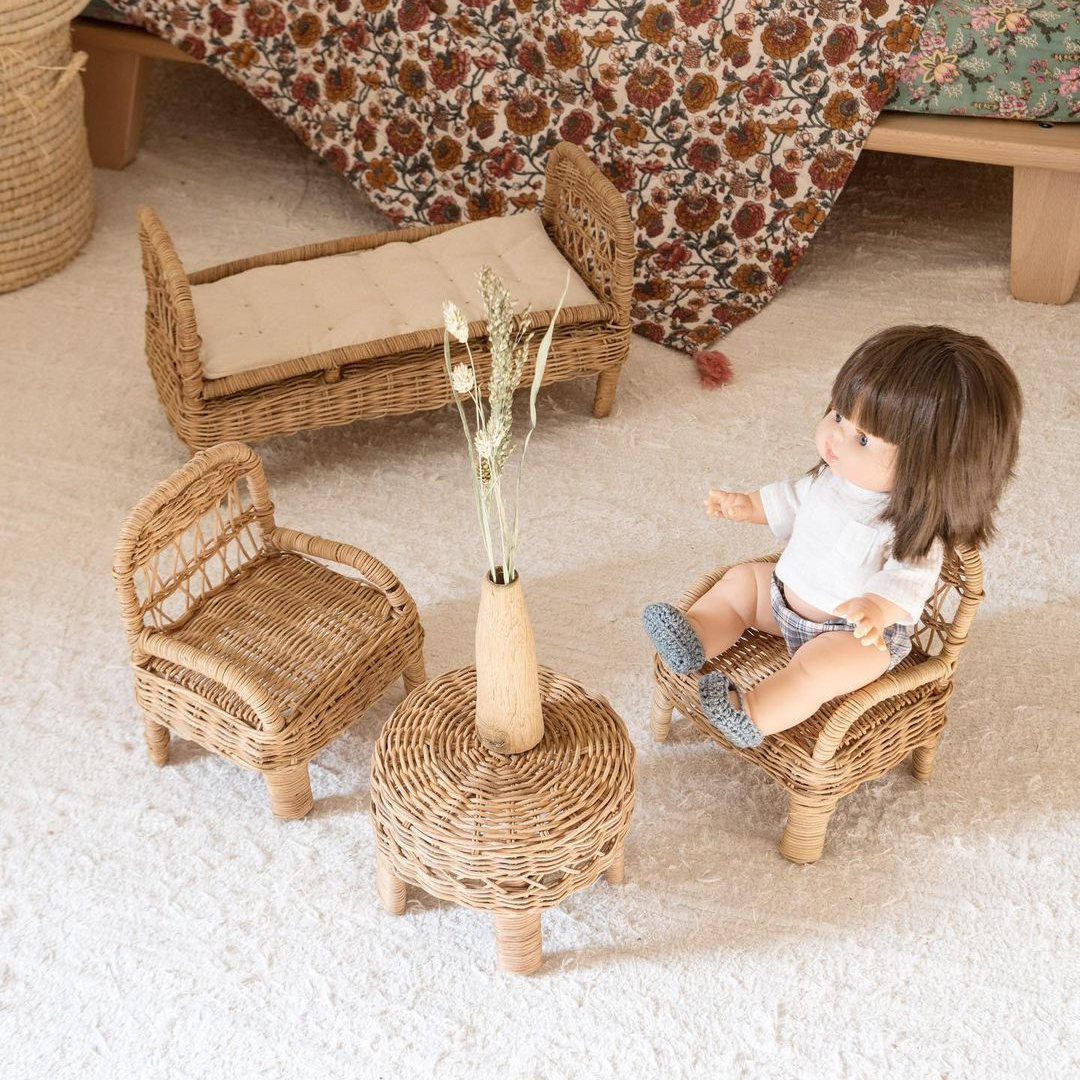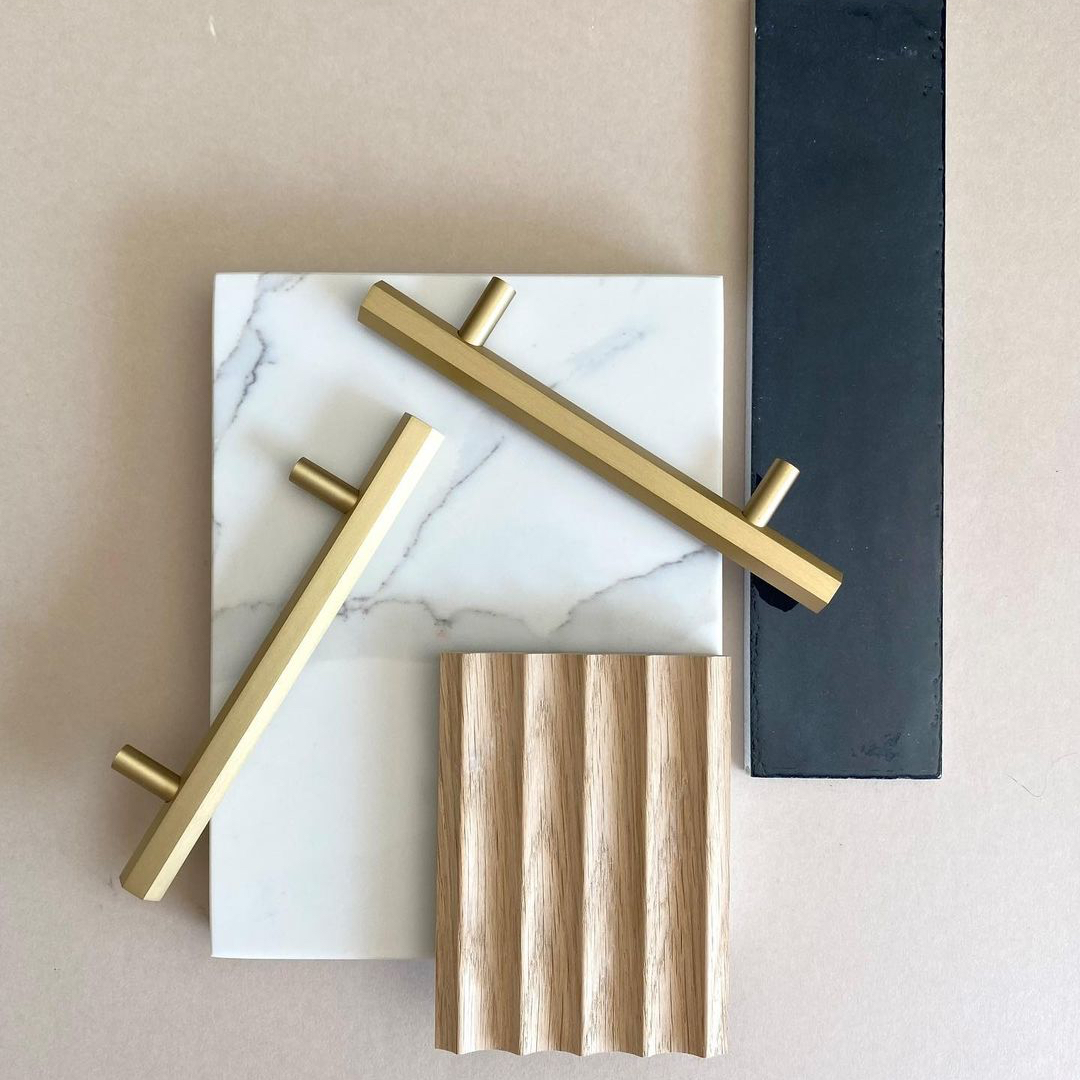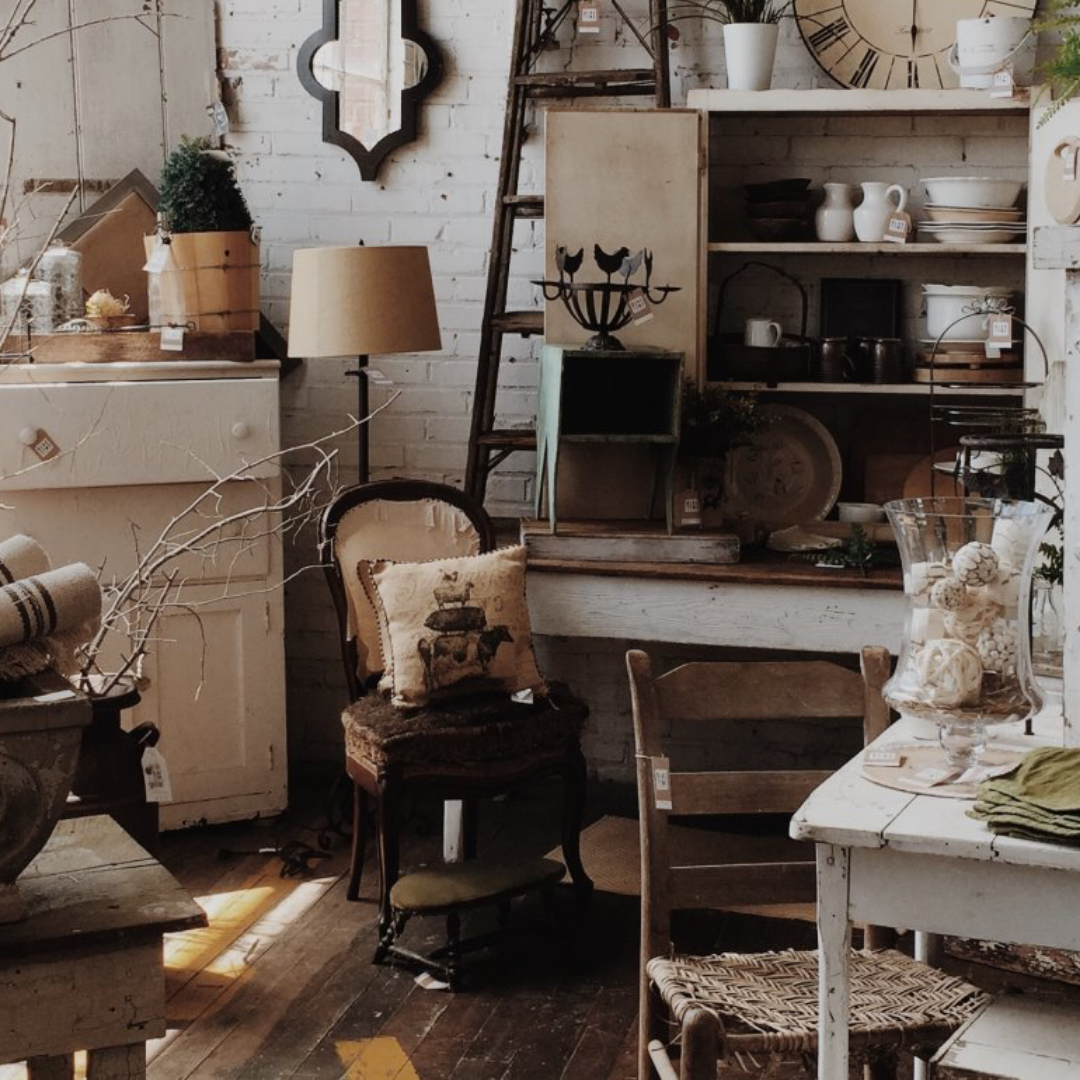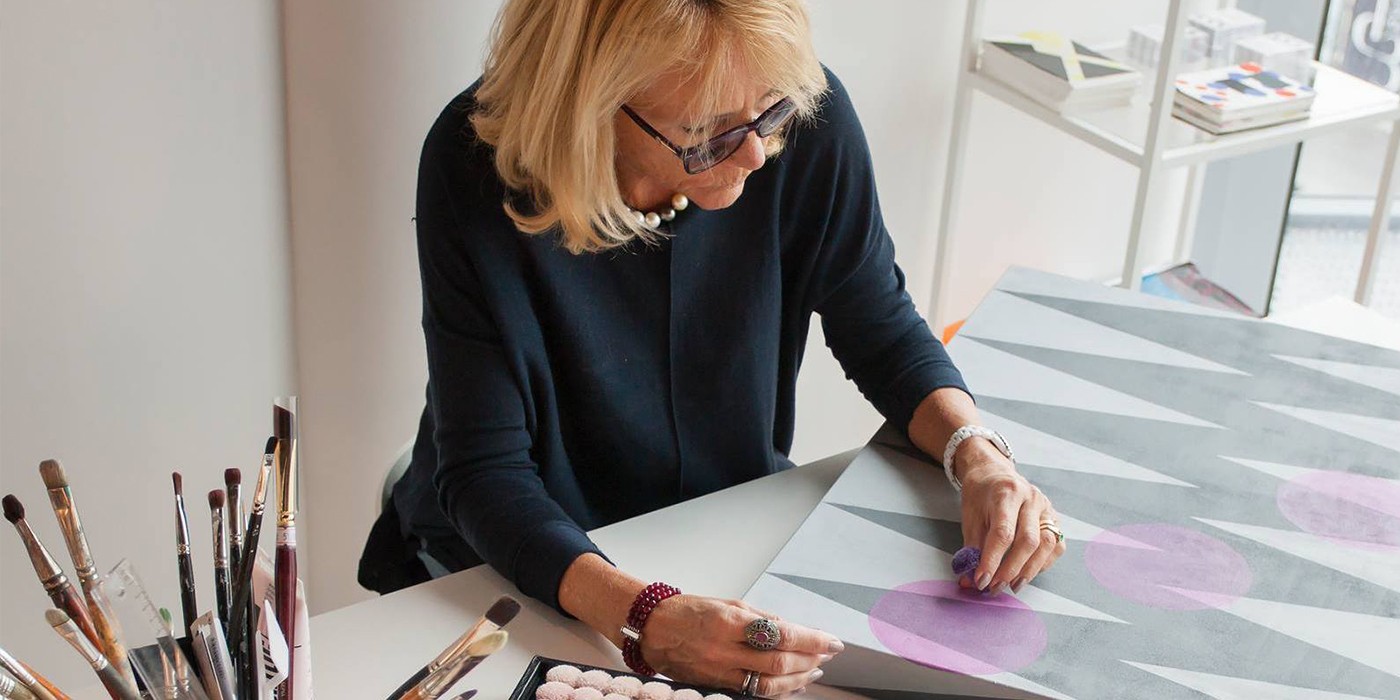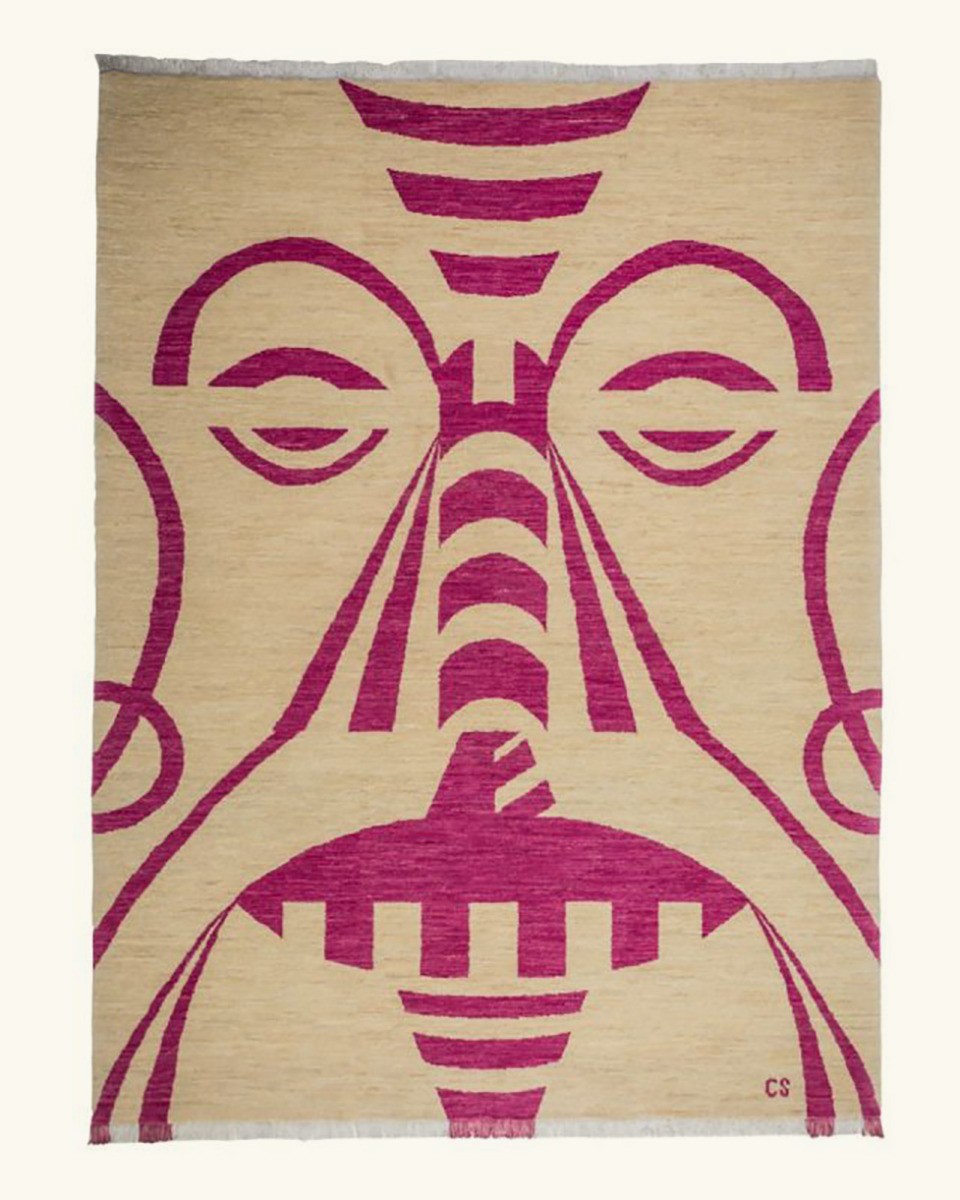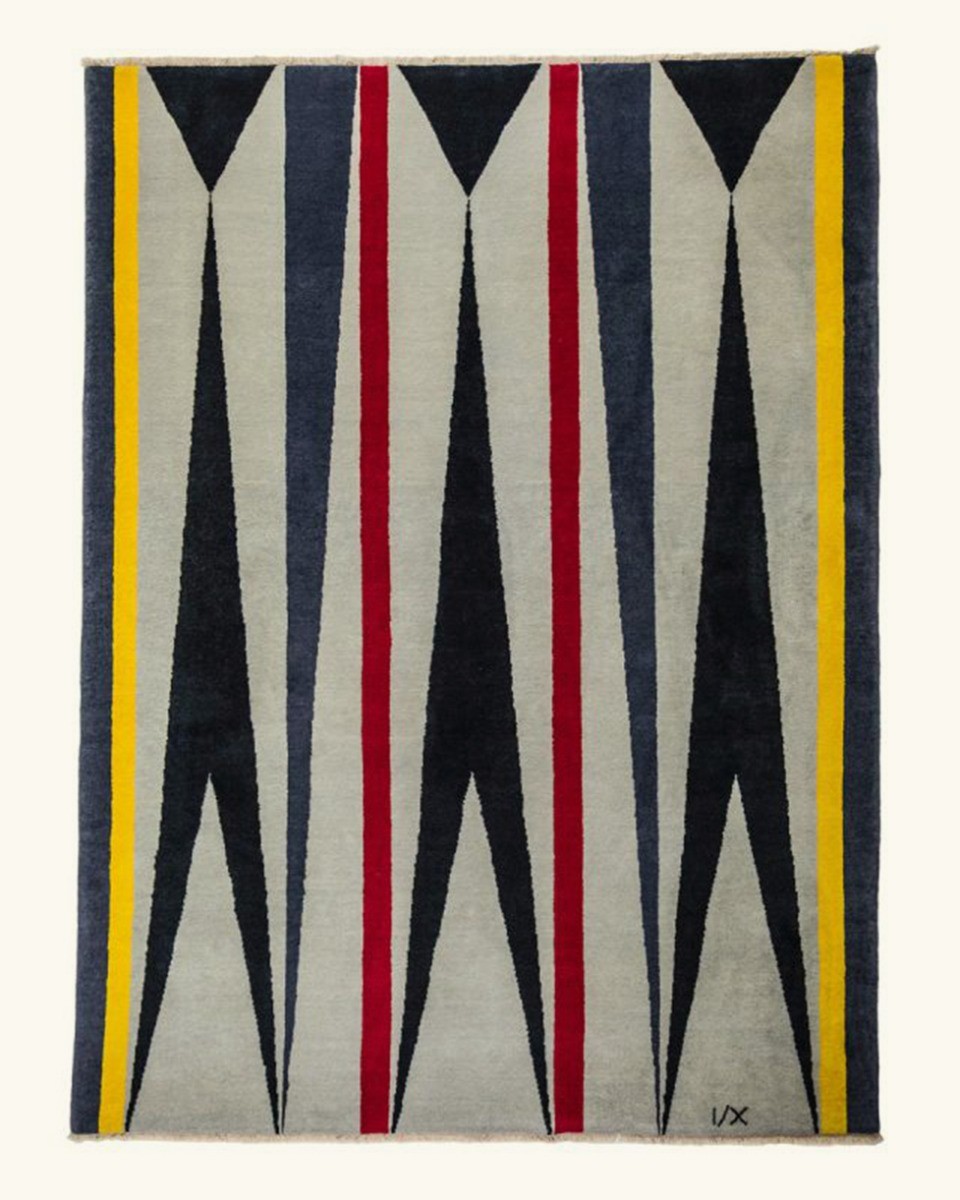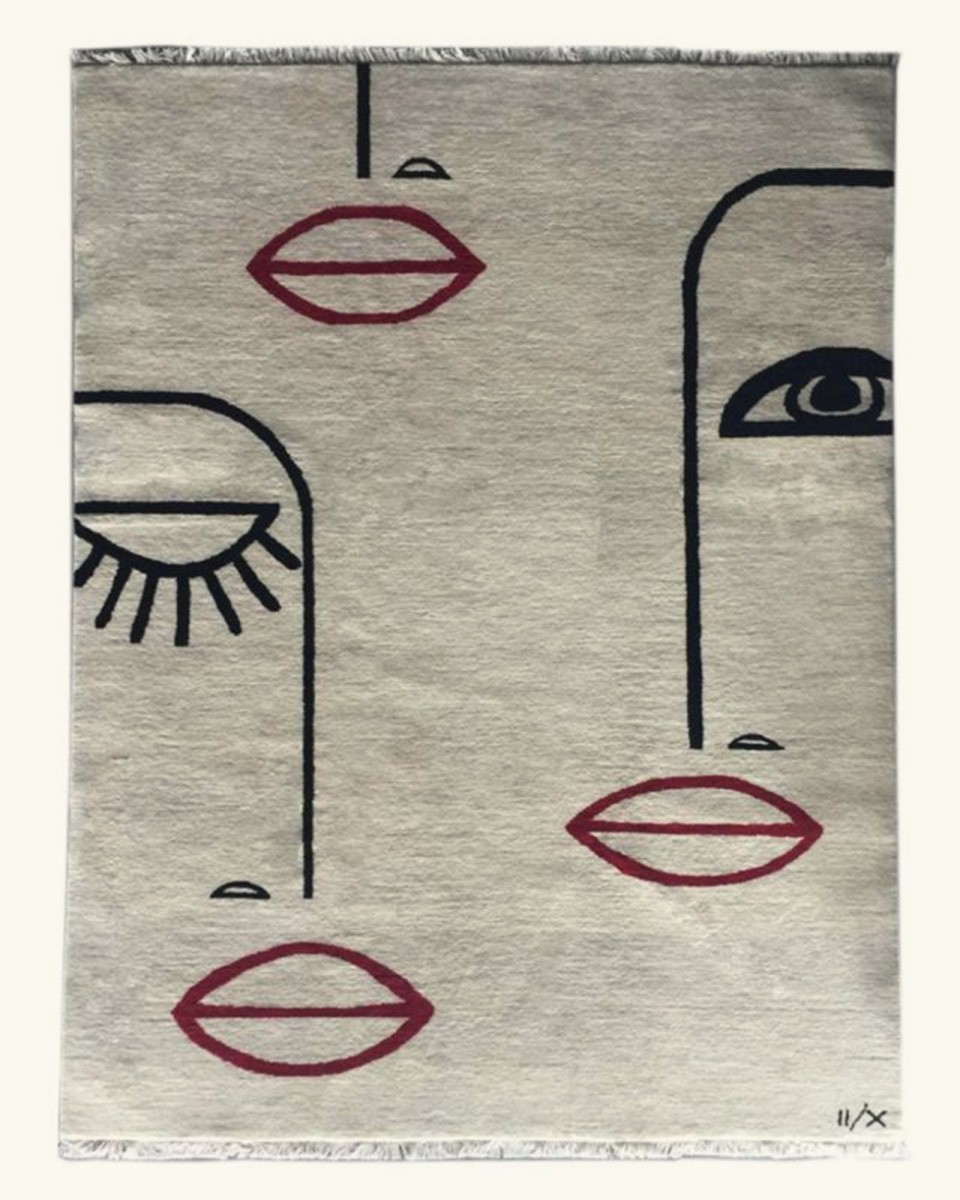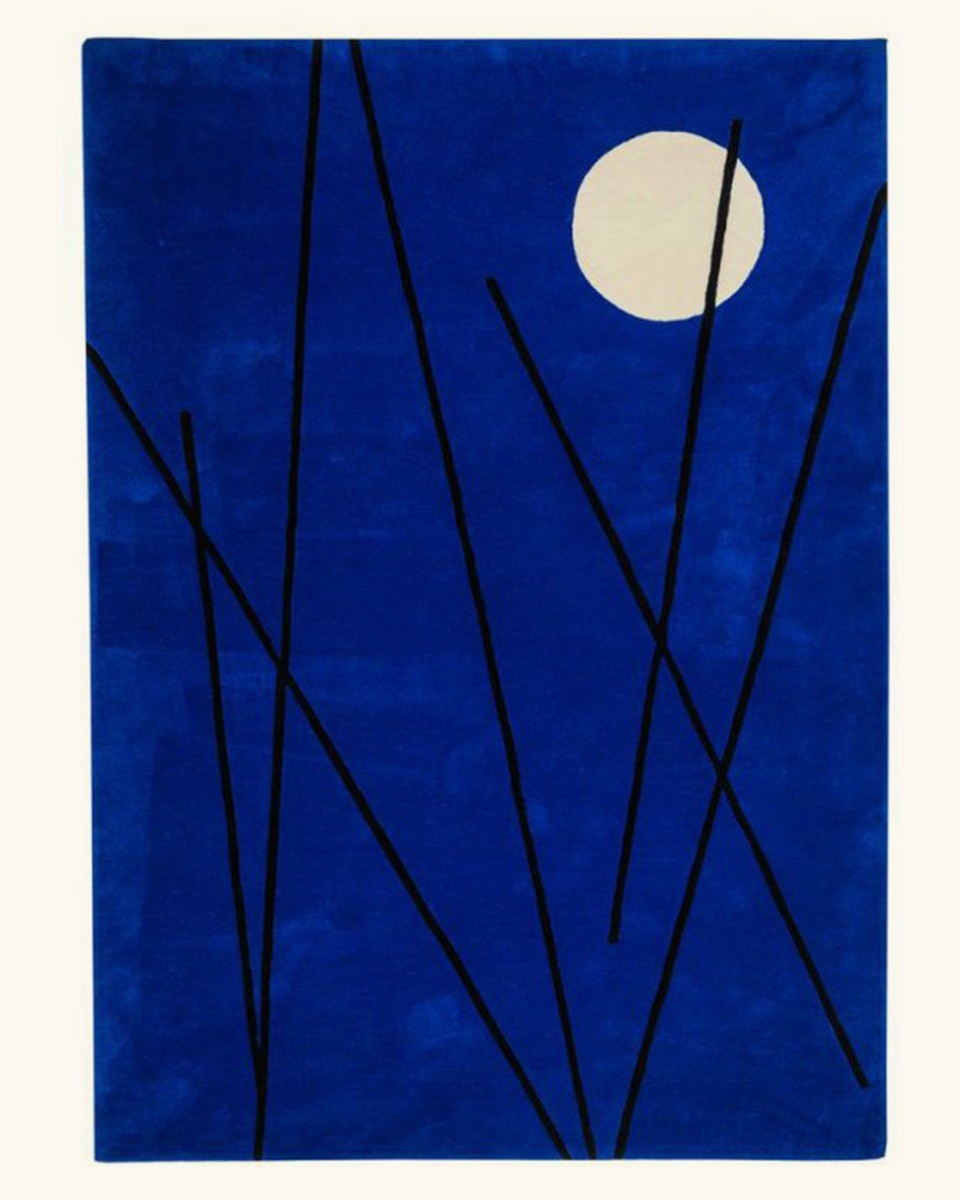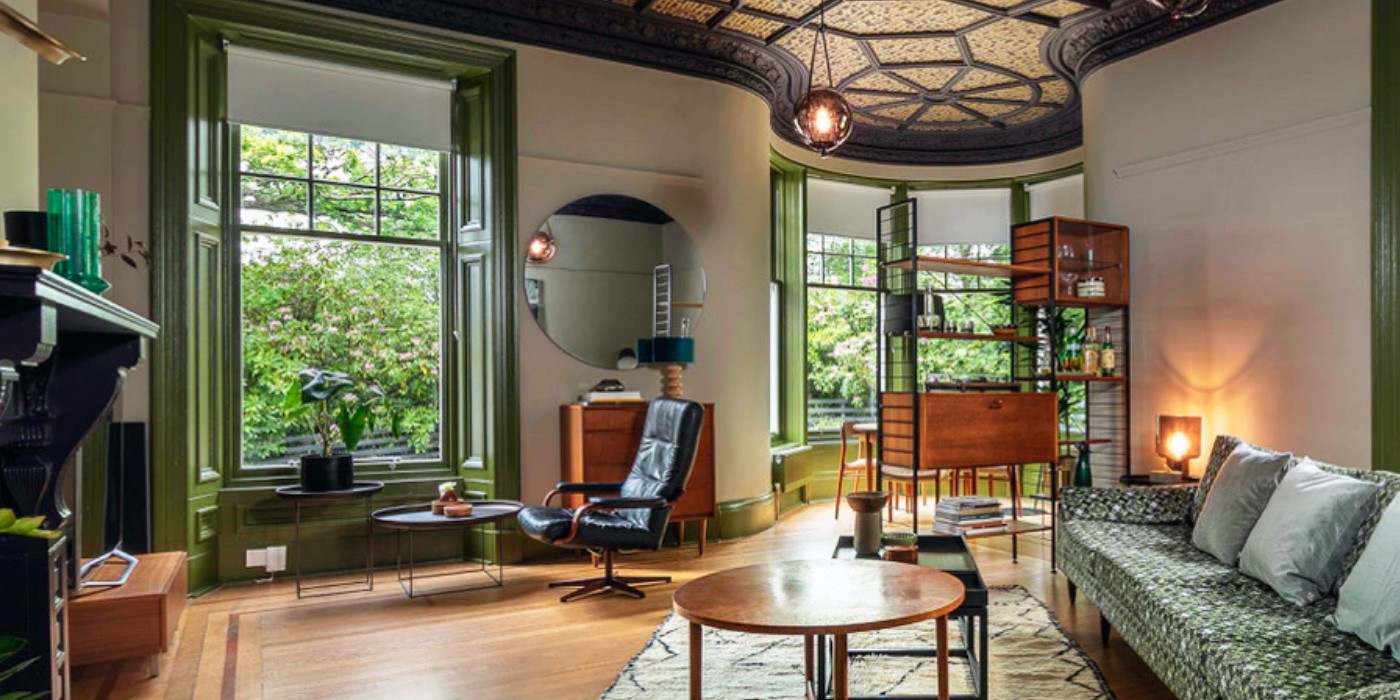Meet Cecilia Setterdahl from Carpets CC
Cecilia Setterdahl, the artist behind Carpets CC, was born and raised in Sweden but has travelled all over the world, including Switzerland and Dubai. Her work has been exhibited across the globe, including Europe, Asia and the United States. Since 2012, Cecilia's paintings, which depict bold geometric themes, have inspired a range of exclusive hand-made carpets and designer rugs.

You’re incredibly well-travelled. How would you say your travels have influenced your work as an artist?
It sounds like a cliché, but a whole new world really does open up to you when you travel. There are so many varying colours, combinations and shapes on display. What we might think of as tasteless is actually highly appreciated in another culture and vice versa. This inspires and changes the way you think and see things and helps you adjust your viewpoint to consider other ways of viewing aesthetics and how to apply them.
Tribal Pink Carpet
Which artists or designers would you name as your main influences?
Being brought up and studying art in Sweden meant my influences were mainly Swedish. My inspiration and direction were born from the works of Sigurd Hjerten, Halmstadgruppen and specifically Olle Baertling. These artists really helped shape my love of art, and you can still see slight hints of their influence in my work today.
What is it about geometric shapes that draw you to them?
I initially started drawing and painting in a more natural way, but I was more and more drawn to clean shapes and lines over time. Natural elements disappeared from my work as I found genuine freedom in geometrical forms. It still excites me that I can articulate a thought or meaning through a single line.
In Between Carpet
What prompted you to start turning your paintings into carpets?
During a wedding in India back in 2012, I met a carpet weaver who inspired me to think along slightly different lines when looking for rugs for my Swedish home. The creative idea to turn some of my artwork into carpets was nurtured, and I decided to create two designer rugs with him. It was the start of something truly great. Seeing my art turned into a tangible piece of design was thrilling, and based on the compliments received, it was clear I wasn’t the only one who thought so! Hence, Carpets CC was born.
Hand-knotted carpets date back centuries. Are traditional methods still used to make carpets today?
Yes, all our hand-knotted carpets are made using traditional methods – you can tell from the softness and the fringes it’s a hand-made piece. The hand-knotting process is so important; I see each carpet as a piece of art, and the process of creation is a hugely important part of the finished art piece.
We also create hand-tufted carpets (a newer technique but still hand-made) and flat-weave carpets (like dhurrie) made on a loom but still using the same traditional methods.
Our carpets are made mainly in India and Afghanistan, using New Zealand or Afghan wool. In India, the weavers are mostly men whose primary expertise is knotting carpets. In Afghanistan, we choose to work with a project that helps local women (30% who are widows) to make a living hand-knotting carpets to support their families.
Ladies Carpet
How long does it take from canvas to carpet, and what are the challenges along the way?
Depending on the crafting method, carpets can take anywhere between 4 to 14 weeks to be created. For example, a hand-knotted rug takes about 12-14 weeks, hand-tufted about 6-8 weeks and dhurrie about 4-6 weeks. Carpet size also plays a significant role in the time frame.
One of the major challenges is choosing carpet colours using the small colour pom samples and then visualising it in a larger area. Deadlines are also often a challenge when it’s hand-made as the product is made by people; unpredictable things can happen, which have a knock-on effect on the timeline.
How would you describe your interior design style?
For me, an interior should represent the personality of the homeowner. A mix of new and old, funky and elegant, antique and modern, works well for me alongside bright and bold colours.
Which of your carpets are the most popular?
Itinerary Yellow is always popular as a hand-knotted carpet. Night Out for hand-tufted and Walkways for flat-weave.
What do you consider the main function of a carpet in interior design?
A carpet should give a cosy and homely feeling, but it should also represent the owner and help bring the room to life. Carpets are often a frame for beautiful pieces of furniture, but I feel they can also be stand-alone pieces of art themselves. This is where my carpets really sing – as works of art that can bring a room to life.
What advice would you give to someone shopping around for a designer rug for their home?
Be a little brave, don’t be afraid of colour and choose a rug that talks about you or your life. Never go small – small rugs don’t work, and remember, a carpet can be as moving and insightful as a painting when it’s in the right place to lift a room.
